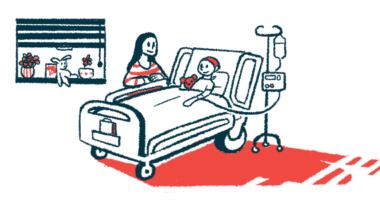FAQs about SMA type 1
Spinal muscular atrophy (SMA) affects approximately 1 of every 10,000 live births. Type 1 is the most common form of SMA, accounting for about 60% of all cases.
There is no cure for spinal muscular atrophy (SMA), but several disease-modifying treatments have been approved. These therapies can slow the disease’s progression, leading to better motor function and survival outcomes.
Spinal muscular atrophy (SMA) does not affect cognition or language development. Weakness in the muscles in and around the mouth may, however, make speaking more difficult for some children with SMA. Supportive interventions like speech and language therapy can help improve communication for children with these difficulties.
Symptoms of type 1 spinal muscular atrophy (SMA) manifest within the first 6 months of life, and without treatment, most babies would die before age 2. Although new disease-modifying treatments have changed the prognosis for those born with SMA type 1, it remains unclear if those given modern treatments will reach adulthood or how long their life expectancy will be.
The majority of babies born with spinal muscular atrophy (SMA) type 1 have not lived past age 2. However, modern treatments have dramatically altered the course of the disease; with early treatment, children with this form of SMA are living longer. Because these therapies have only become available over the last decade or so, the long-term survival outcomes for SMA patients on these modern treatments are not yet known.
Related Articles

 Fact-checked by
Fact-checked by 








